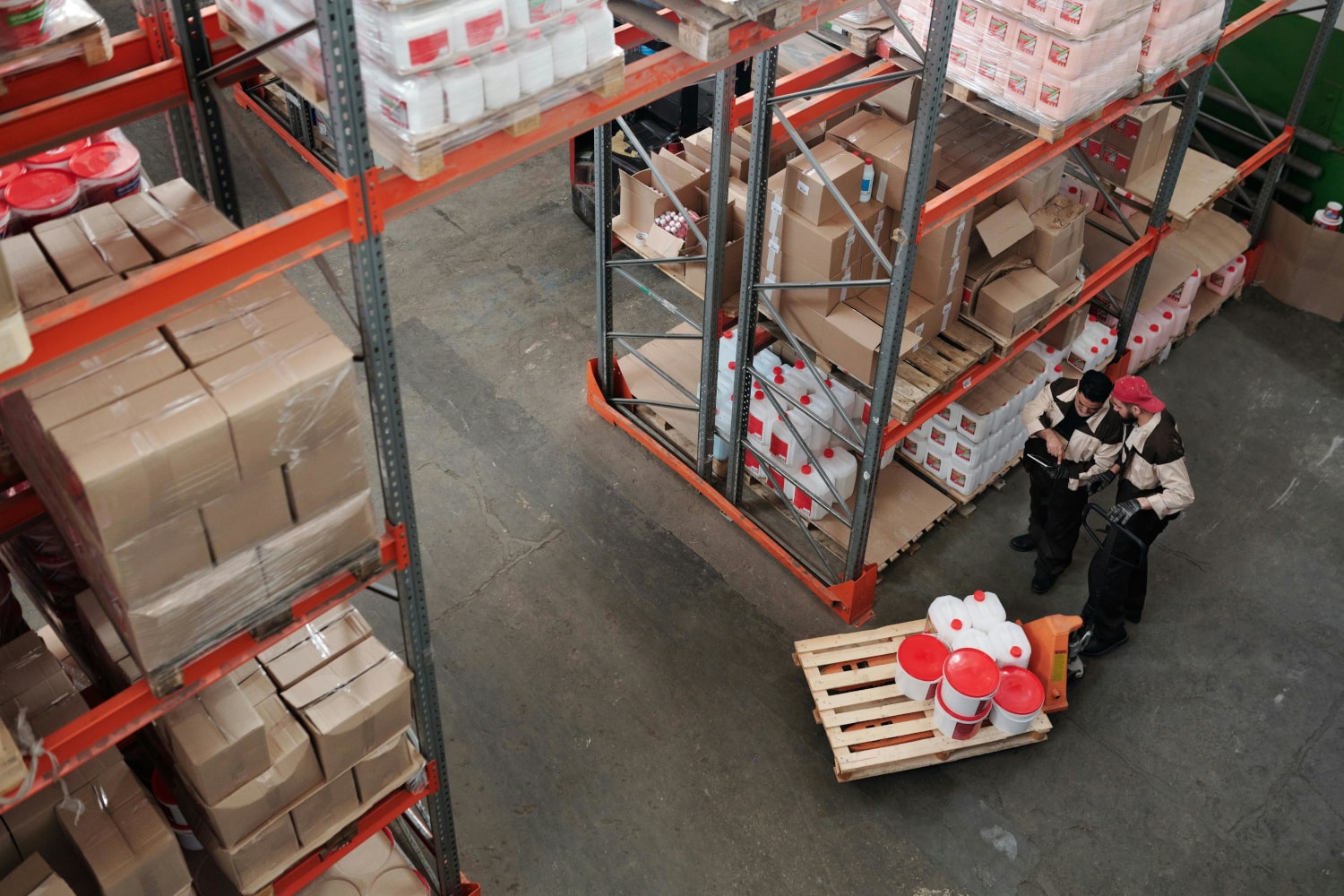Running a farm shop is no small feat. You juggle everything from managing fresh produce to ensuring smooth customer transactions. Among the many tools you can use to streamline your operations, integrated scales stand out as a game-changer. If you’ve been relying on separate weighing scales and tills, it might be time to rethink your approach. In this blog post, we’ll explore why integrated scales are a must-have for your farm shop and how they can benefit your business, your staff, and your customers when linked to your EPOS system.
What Are Integrated Scales?
First, let’s clarify what we mean by “integrated scales.” These are weighing scales that connect directly to your electronic-point-of-sale (EPOS) system. Instead of manually entering the weight and price of items into the till, the scales automatically calculate the cost and update the EPOS Till.
Now that we’ve got the basics covered, let’s dive into the many reasons why integrated scales are a smart investment for your farm shop.
1. Save Time and Increase Efficiency
Time is one of the most precious commodities in any business, and farm shops are no exception. Integrated scales can significantly reduce the time spent on weighing and processing items. Here’s how:
Automatic Calculations: When a customer selects produce, the integrated scale instantly calculates the price based on weight and updates the till. This eliminates the need for manual data entry, which can be time-consuming and error-prone.
Faster Checkout: A quicker checkout process means happier customers. No one likes waiting in a long queue, especially when they’re in a rush. Integrated scales help you serve more customers in less time, enhancing the overall shopping experience.
Streamlined Operations: With less manual intervention, your staff can focus on other tasks, like stocking shelves or assisting customers, rather than spending extra minutes at the till.
2. Improve Accuracy
Mistakes happen, especially when weighing and pricing items manually. These errors can lead to undercharging or overcharging, both of which can harm your business in different ways:
Avoid Undercharging: If you accidentally charge less than you should, it directly impacts your profits.
Avoid Overcharging: Customers are unlikely to return if they feel they’ve been overcharged, even if it’s an honest mistake.
Integrated scales minimise these errors by automating the process. The scales ensure that the weight and price are accurately recorded, leaving little room for human error. Over time, this accuracy can save you money and maintain customer trust.
3. Enhance Inventory Management
Farm shops often have a high turnover of fresh produce, making inventory management a critical task. Integrated scales can make this job much easier:
Real-Time Updates: As items are sold, the system automatically updates your inventory records. This gives you a clear picture of what’s in stock and what needs restocking.
Reduce Waste: Knowing exactly how much of each item you have can help you plan better and reduce waste. For example, if you notice that a particular vegetable isn’t selling as fast as you expected, you can adjust your purchasing strategy.
Simplified Auditing: Integrated systems make it easier to track inventory discrepancies, ensuring that your stock levels align with your sales records.
4. Boost Customer Satisfaction
Happy customers are loyal customers, and integrated scales can play a surprising role in improving customer satisfaction. Here’s how:
Transparency: Integrated scales often come with customer-facing displays. These show the weight and price calculations in real time, giving customers confidence in their purchase.
Speed: As mentioned earlier, faster checkout times mean less waiting and a more pleasant shopping experience.
Consistency: With accurate weighing and pricing, customers are less likely to feel that they’re being short-changed, fostering trust in your business.
5. Meet Legal Requirements
In the UK, farm shops are required to comply with trading standards laws, including those related to weighing and pricing. Integrated scales can help you meet these legal requirements effortlessly:
Accurate Measurements: Integrated scales are often certified and calibrated to meet legal standards, ensuring compliance.
Price Transparency: By displaying the weight and price calculations, these scales make it easy to comply with regulations about clear pricing.
Reduced Risk of Fines: Non-compliance with trading standards can result in hefty fines or even damage your reputation. Integrated scales help mitigate this risk by keeping your weighing and pricing processes above board.
6. Easily Handle Promotions and Discounts
Promotions are a great way to attract more customers to your farm shop, but managing them can be tricky. Integrated scales simplify the process:
Automatic Adjustments: The system can apply discounts or promotional pricing automatically, ensuring consistency.
Track Sales Data: Integrated systems allow you to track the effectiveness of your promotions by analysing sales data. This helps you understand what works and what doesn’t, enabling better planning in the future.
7. Stay Competitive
The retail landscape is evolving rapidly, and farm shops are no exception. Customers increasingly expect a seamless shopping experience, similar to what they might find in larger supermarkets. By adopting integrated scales, you can meet these expectations and stay competitive:
Professionalism: Integrated scales give your shop a more modern, professional feel.
Customer Loyalty: Customers are more likely to return if they feel your shop is up-to-date and efficient.
Stand Out: While many farm shops still rely on traditional methods, using integrated scales can set you apart from the competition.
8. Future-Proof Your Business
Technology is constantly evolving, and staying ahead of the curve is essential for long-term success. Integrated scales are a step in the right direction:
Scalability: As your farm shop grows, your integrated system can grow with it. Whether you add more products or open additional locations, integrated scales can adapt to your needs.
Integration with Other Systems: Many integrated scales can connect with other business tools, such as accounting software, loyalty programmes, and online ordering systems.
Data Insights: By collecting and analysing sales data, integrated scales can provide valuable insights to help you make informed business decisions.
9. Cost-Effective in the Long Run
While integrated scales require an initial investment, they can save you money over time:
Reduced Labour Costs: With faster checkout times and fewer errors, you may need fewer staff to manage the tills.
Minimised Errors: Accurate weighing and pricing reduce the financial impact of mistakes.
Improved Stock Management: Better inventory tracking can help you avoid overstocking or understocking, saving you money in the long run.
Final Thoughts
Incorporating integrated scales into your farm shop is more than just a technological upgrade; it’s a way to future-proof your business, improve customer satisfaction, and streamline operations. Whether you’re looking to save time, enhance accuracy, or stay competitive, these scales offer a host of benefits that make them a worthwhile investment.
As the retail industry continues to evolve, staying ahead of the curve is essential. By adopting integrated scales, you’re not only making your day-to-day operations smoother but also setting your farm shop up for long-term success. So why wait? Take the leap and experience the difference that integrated scales can make for your business and your customers.Got questions about integrated scales or need help finding the right solution for your farm shop? Feel free to reach out. We’re here to help you make the best choice for your business!















